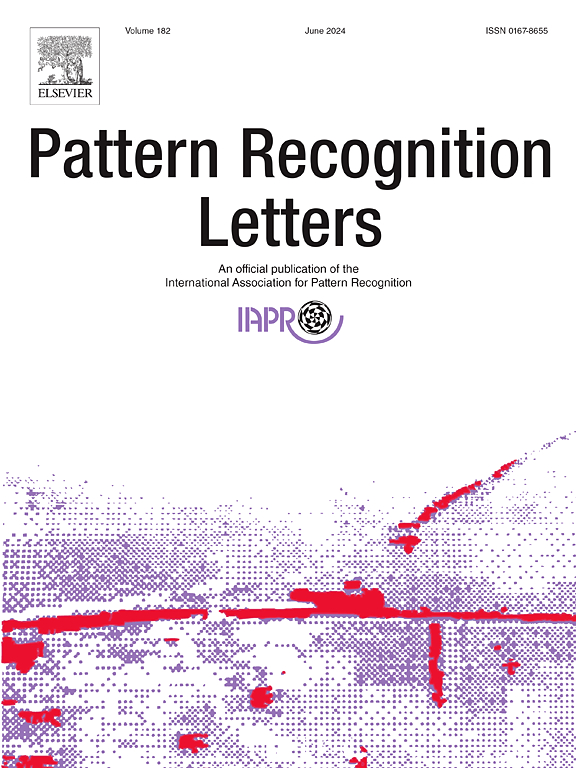Generating visual-adaptive audio representation for audio recognition
IF 3.9
3区 计算机科学
Q2 COMPUTER SCIENCE, ARTIFICIAL INTELLIGENCE
引用次数: 0
Abstract
We propose “Visual-adaptive Audio Spectrogram Generation” (VASG), which is an innovative audio feature generation method preserving the Mel-spectrogram’s structure while enhancing its own discriminability. VASG maintains the spatio-temporal information of the Mel-spectrogram without degrading the performance of existing audio recognition and improves intra-class discriminability by incorporating the relational knowledge of images. VASG incorporates images only during the training phase, and once trained, VASG can be utilized as a converter that takes an input Mel-spectrogram and outputs an enhanced Mel-spectrogram, improving the discriminability of audio spectrograms without requiring further training during application. To effectively increase the discriminability of the encoded audio feature, we introduce a novel audio-visual correlation learning loss, named “Batch-wise Correlation Transfer” loss, that aligns inter-correlation between audio and visual modality. When applying pre-trained VASG to convert environmental sound classification benchmarks, we observed performance improvements in various audio classification models. Using the enhanced Mel-spectrograms produced by VASG, as opposed to the original Mel-spectrogram input, led to performance gains in recent state-of-the-art models, with accuracy increases of up to 4.27%.

求助全文
约1分钟内获得全文
求助全文
来源期刊

Pattern Recognition Letters
工程技术-计算机:人工智能
CiteScore
12.40
自引率
5.90%
发文量
287
审稿时长
9.1 months
期刊介绍:
Pattern Recognition Letters aims at rapid publication of concise articles of a broad interest in pattern recognition.
Subject areas include all the current fields of interest represented by the Technical Committees of the International Association of Pattern Recognition, and other developing themes involving learning and recognition.
 求助内容:
求助内容: 应助结果提醒方式:
应助结果提醒方式:


